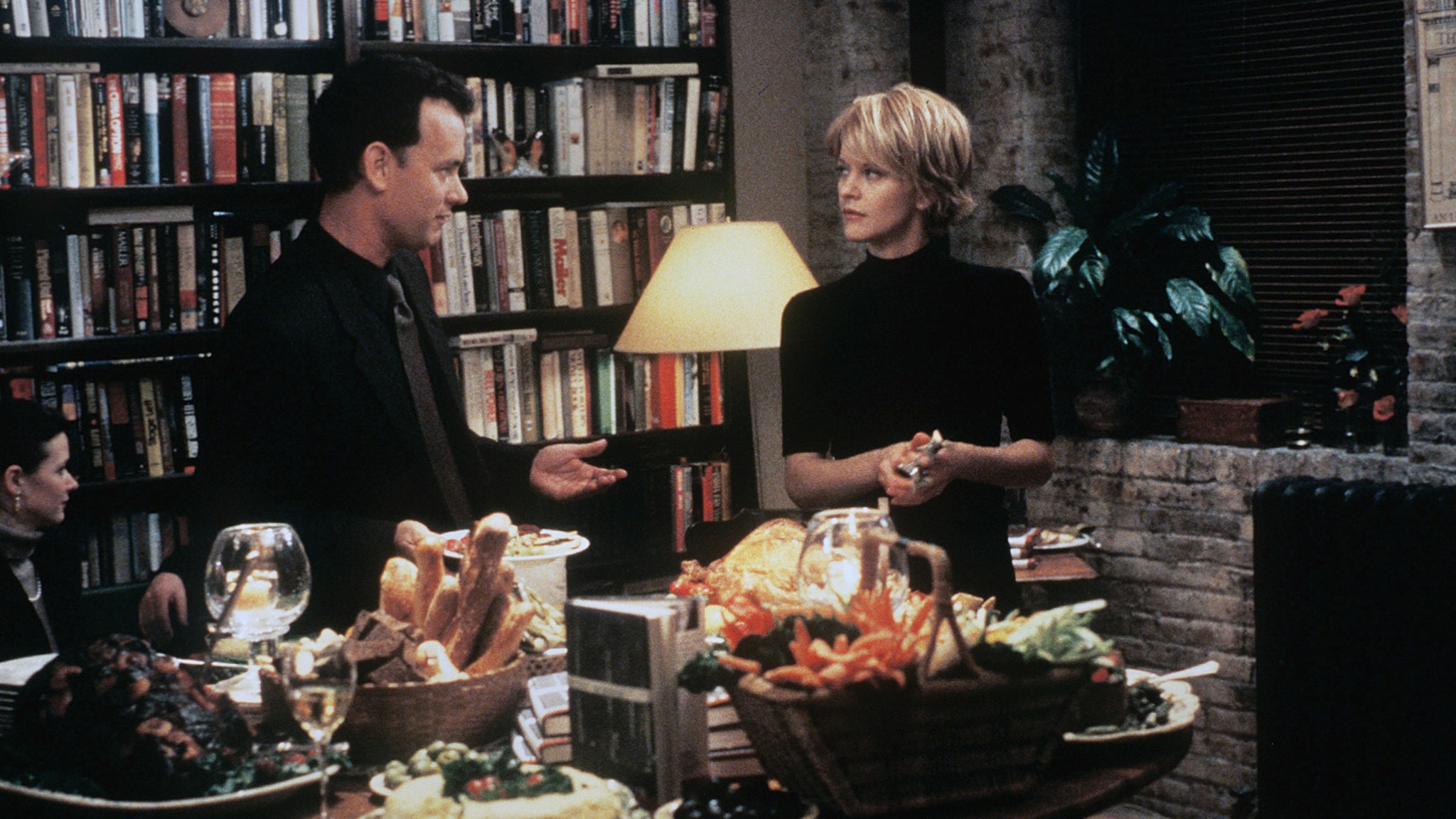AOL discontinues dial-up, and now your grandkids will never know that classic, scratchy handshake sound – here’s why that’s a shame
The classic dial-up handshake sounds melodic, scratchy, and harsh, and is inexorably associated with connection. It’s also now silent. AOL’s decision this week to finally end dial-up service is not surprising, but it still feels like a door closing, one I walked through more times than I can count to step onto the world wide web.
It’s a sound immortalized in the 1998 Tom Hanks and Meg Ryan rom-com You’ve Got Mail, a film in which the then insanely popular AOL service propels the plot forward to its unsurprising and deeply romantic conclusion.
When I first started covering and working online, AOL was one of the chief portals to the new digital world, and the only way to traverse that portal was via a dial-up modem, one connected to your PC on one side and your phone line on the other. (Having a phone line close to your computer was a big deal – kids today are spoiled by ubiquitous, high-speed Wi-Fi… but I digress.)

In today’s always-connected world, it’s hard to conceive of the intentionality of this act. In the 1990s, our phones were dumb, and your computer dealt with local networks and files. We called dial-up “going online” because it was like taking a trip in which the mode of transportation was a little box with the magic code to connect you to the Internet and, ultimately, the information superhighway.
Before home broadband, everyone knew the handshake sound and, yes, millions were dialing into AOL (America Online) – a network of its own – to access the internet.
If you were breaking down the dial-up process, you might look at it as two distinct parts: the dialing of the AOL number, and then a series of negotiation sounds all designed to ensure that the modem was legit and speaking the correct language. Once the system on the other side of the connection was satisfied, you’d be connected and soon hear, “You’ve got mail.”
That mail system was also an integral part of AOL. There was no Gmail, and far fewer people were using online mail systems from Yahoo or even Microsoft (I should add that these days, having a @hotmail.com mail account is akin, for some, to having an @AOL.com mail account).
Dial-up started its rapid decline in the late 1990s as cable companies introduced broadband over coaxial cable. Instead of knocking on the internet’s door with a phone call, broadband paved an open path to the digital realm. One day, we had the classic dial-up sound in my home, and the next day, we did not.
Dial-up continued to serve a purpose well into the first decade of the new millennium, and broadband took years to reach rural communities. In 2009, Netzero tried to bring dial-up back as an affordable alternative to pricey broadband. Imagine someone trying to sell consumers on the horse and buggy decades after the automobile had become ubiquitous. It was a terrible plan and, in my opinion, set back broadband reach a few years.
Even so, by 2022 the number of people still using dial-up had dropped to 175,000. I’m sure the number today might equate to the population of a very small, one-street town in middle America. I hope AOL is at least supporting those who still can’t connect to cable or fiber.
It’s not like we didn’t see this coming. In recent years, other big companies with names that start with A have been turning their backs on dial-up technology.
My sadness is not ennui for a better time. It’s really just nostalgia for a digital snapshot, a moment when we had to make an effort to get connected and then wait, in anticipation, as the modem completed its digital handshake before opening the door to reveal the growing world of digital connections and information. I wonder if, perhaps, we appreciated the miracle of connection more for the effort that was involved.
We take it for granted now; and Gen Z, in particular, surely has no idea what it means to prime the pump of online before adding an Instagram post. But what if they did? What if, just once a year, we declared it ‘Dial-Up Day’ and you had to run a fake modem handshake before you could use your laptop or smartphone?
Ridiculous, I know, but the thought does make me smile.

